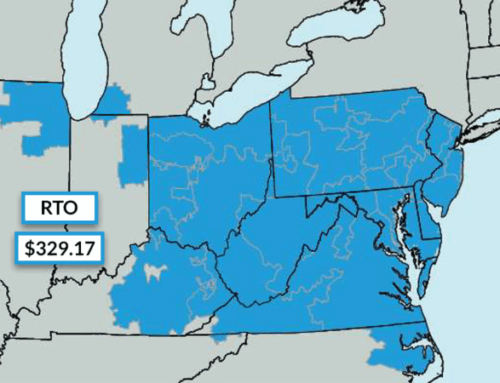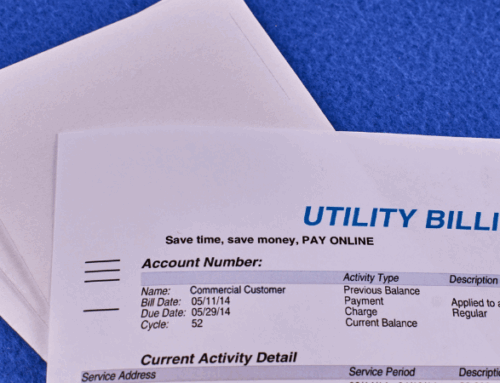The U.S. power markets are complex with many facets and market participants allowing the reliable generation, transmission, and distribution of electricity to businesses and households across the nation. In this article, we will explore the U.S. power markets comprehensively, discussing upstream generation facilities, midstream transmission organizations, and downstream retail energy suppliers and utilities. Gaining an understanding of these markets helps energy brokers better support their customers and consumers make more informed decisions when it comes to purchasing electricity.
Upstream, Midstream, and Downstream Electricity Markets
To fully understand the operations of the electricity markets, one needs to comprehend the different sectors of the power supply chain. Let’s explore the market participants involved in each sector and their specific roles and responsibilities in guaranteeing the reliable supply of electricity.
Upstream Markets
The upstream power markets include electricity generators and natural gas and oil drilling sites. At the very beginning of the supply chain, these market participants are responsible for finding and producing energy for the market. In the electricity sector, upstream participants include fossil fuel power plants, such as natural gas peaker plants, nuclear-generating plants, solar farms, and wind farms. In the oil and gas industry, these market players are drilling companies that search for energy deposits deep in the earth’s crust, lease land from landowners, and drill and frack for gas and oil.
Midstream Markets
Further down the supply chain are the midstream energy companies. These organizations consist of electric transmission line owners, Regional Transmission Organizations (RTOs), Independent System Operators (ISOs), and natural gas pipeline operators. The midstream markets play a very important role in ensuring that energy is delivered across the nation to local utility companies. For example, grid operators (i.e. RTOs and ISOs) manage multiple markets like energy, capacity, and ancillary services to ensure that electricity supply is in constant balance with demand. This ensures that end users always have access to enough electricity at any given time. Natural gas pipeline operators manage large networks of pipes that deliver natural gas to regional and local utility companies. These pipelines rely on electricity at compression stations to keep pressure in the pipe for gas to keep flowing in the right direction.
Downstream Markets
Finally, the downstream markets include retail energy suppliers and local utilities, or local distribution companies (LDCs). These companies are responsible for delivering energy to consumers across locally-owned electricity lines and natural gas pipes. Utilities and suppliers service customers performing billing, customer service, and maintenance services. They are the last step in the energy supply chain and are responsible for regional reliability.
The Key Differences Between Upstream and Downstream Markets
In the physical energy markets, there are clear differences between upstream market participants and downstream participants. From a financial point of view, however, these markets are drastically different.
Upstream Energy Financing
Upstream power generators and natural gas production companies rely on significant capital investment in order to perform their operations. The cost of building a power plant or exploring natural gas resources is substantial. These companies are often publicly traded, or have significant capital backing, in order to invest in their operations. Oftentimes, upstream energy companies focus on a capital rate of return in order to appease investors and continue to invest in building new infrastructure.
Downstream Energy Financials
Downstream energy companies, on the other hand, are focused on driving revenue from serving customers or selling energy to off-takers. Unlike upstream companies who look to generate a rate of return, downstream companies are primarily focused on driving direct revenue from customers. Retail energy suppliers, for example, earn income by purchasing electricity from the wholesale markets and reselling it for a profit to their customers. They need to account for other fixed costs such as customer acquisition, customer service, and billing. The bottom line results in net profits for the downstream company. Many of these organizations are privately held, while utility companies can be publicly traded or investor-owned.
How These Markets Impact The Energy Industry
While operating independently in free markets, both upstream, midstream, and downstream energy companies are intertwined and rely heavily on one another. For example, when there are not enough upstream generators making electricity, capacity and energy prices can soar as evidenced by the recent PJM capacity price increase for the 2025/2026 delivery year. Furthermore, if an RTO does not have the proper technology or rules for ancillary services, new technologies like battery energy storage systems cannot participate in these markets to make them more efficient.
While FERC is the federal agency overseeing most of the energy markets, downstream companies that do not participate in interstate commerce are not regulated on a federal level. These can present challenges for all energy market participants as there could be a mismatch between regulations and requirements to integrate with the market. As new energy technologies come into play, regulators have been forced to restructure their markets to integrate these services. Renewable energy generation, for example, has been a challenge for grid operators due to its intermittent nature. The operator must accurately forecast energy generation, and when solar assets are deployed, it can be a challenging day when it’s cloudy.
Many market experts are calling for a complete reform of the energy markets in order to bring together upstream and downstream companies and have them operate under a single set of rules.
Need Help Navigating The Energy Markets?
The team of energy experts at Diversegy has over 100 years of combined experience studying the energy markets and helping our commercial and industrial customers navigate these complexities. Whether you are looking to analyze energy futures vs spot prices, thinking about implementing a decarbonization strategy, or are looking for ways to make your business more energy efficient, we can help. Contact us today for a complimentary evaluation of your energy consumption and business strategy.



